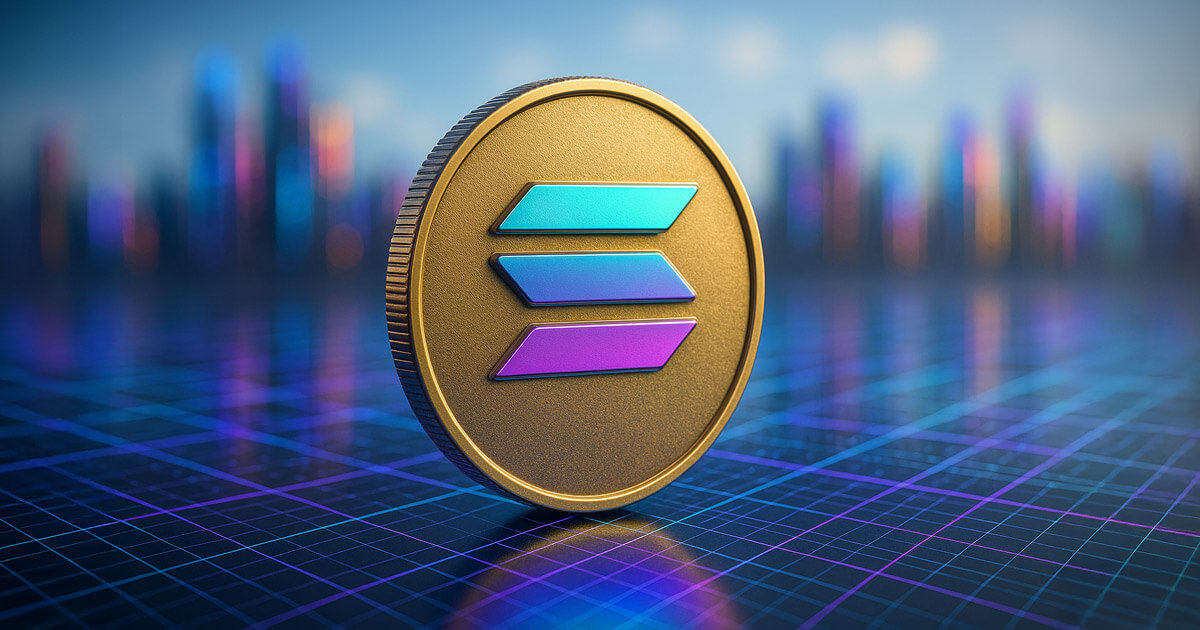The NFT market is embroiled in controversy as leading exchanges like OpenSea and Blur reduce royalty payouts to creators, sparking backlash from digital artists.
Royalty rates have plunged from around 5% per transaction to just 0.6% amid a 95% decline in NFT trading volume since January. This has slashed artist incomes, with monthly royalties dropping from a peak of $269 million to only $4.3 million in July.
The entry of Blur in October disrupted the market by offering incentives for trading NFTs with lower royalties. OpenSea followed suit, prompting accusations they prioritized trading volume over creator earnings.
The royalty slashing aimed to resuscitate a declining market, but risks alienating artists critical to generating new NFT content. Between August 2021 and May 2022, $1.5 billion in royalties were generated from major collections like Bored Ape Yacht Club.
Experts suggest hardcoding royalty rates into NFT software to prevent adjustments by exchanges. Platforms like SuperRare and Art Blocks currently enforce payments.
“Rules in Web3 must be governed by code rather than social norms,” said Chris Akhavan of NFT marketplace Magic Eden.
OpenSea’s Shiva Rajaraman proposed connecting NFTs to merchandise sales to offer new income streams for artists. But artist Matt Kane cautioned lower royalties could reduce engagement and content diversity.
“This regresss to a zero-sum situation, where one benefits at the cost of another,” Kane said. “The promise of this technology is a non-zero-sum economy, where one’s success benefits many.”
The royalty furor highlights challenges in balancing creator incentives with market growth. Unless addressed carefully, reduced incomes risk driving artists away and exacerbating the NFT market slump.
#NFTMarket #Coins ##MarketControversy





